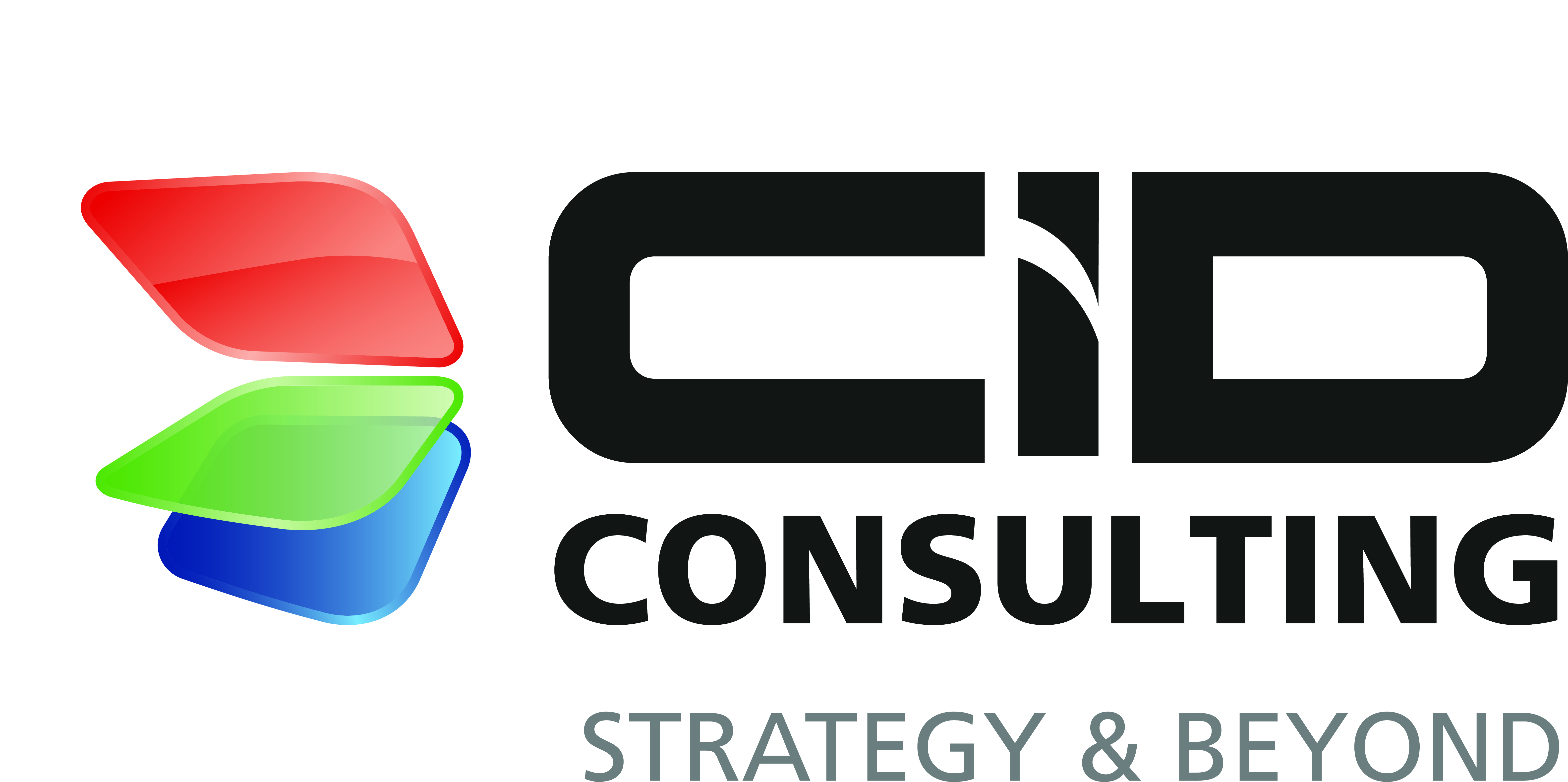
As part of its plan to ensure sustainable energy supply through investment in the renewable sector, the government of Egypt launched a large scale feed-in tariff program in the governorate of Aswan. The New and Renewable Energy Agency (NREA) leased out a large plot of land near the neighbouring village of Benban with plans to erect one of the largest solar farms in the world – essentially comprised of over 30 individual solar farms. Due to the size and complexity of the undertaking, key project stakeholders – namely the relevant governmental entities, the financial institutions providing loans, and the private sector renewable energy developers – opted to manage this as one large complex.
As such, developers in the Benban Solar Park formed a representative body known as the Benban Developers Association (BDA) and opted to jointly tender out the facility management of the complex as well as the design of a corporate social investment strategy. Both of these scopes were critical, as the BDA were tasked with streamlining the launch of the megaproject, ensuring effective communication with key stakeholders, complying with lender-mandated regulations, and driving the engagement of the local community.

As part of the facility management consortium led by Hassan Allam Services, CID was responsible for contributing to the lender-mandated management plans for the site – namely those concerned with project-induced in-migration, integrating the local community in employment and supplier opportunities on the site (i.e. increasing local content), stakeholder mapping and engagement plans, as well as establishing a community liaison desk to serve as the key focal point for the site’s interface with the local community. We began with an in-depth mapping of project stakeholders on the local, governorate, and national levels, identifying key influencers and potential bottlenecks.
This information was then used to design a comprehensive stakeholder engagement plan, informing the BDA of the stakeholders they need to engage with, outlining the communication channels to be used, the frequency of communication, and the key messages at each engagement point. We then designed the strategic objectives, structure, and staffing of the Community Liaison Desks, recruited and trained the community liaison officers (CLOs) needed, and established the reporting mechanisms and scope of activities to ensure ongoing engagement with community stakeholders. We remained engaged with the CLOs for over 14 months, with our team serving as their technical advisors – setting the implementation plan for the CLOs and coaching them to deliver on the ground. With livelihood generation being a key priority for the project stakeholders, we worked to draft a local content plan that looked at how to maximize employment opportunities for the local community on the site, as well as how to integrate local enterprises in the site’s supply change. The team worked on identifying the skills gap that might prohibit this, and what capacity building interventions would be required to mitigate this. Finally, we were fully responsible for designing the corporate social investment strategy for the developers, beginning with an extensive community needs assessment to truly understand the local context and the most pressing socioeconomic needs locally. We then set a criteria to prioritize these areas thematically, and designed interventions for the developers to implement on the ground, providing a balance of short-term initiatives that would address immediate needs as well as long-term projects that would have sustainable impact on the local community. We developed an implementation plan and high level budget for the BDA, as well as the proposed governance structure for how to institutionalize their social investment efforts in a manner conducive to effective project implementation.

The stakeholder engagement plan developed by CID served as an essential blueprint for engaging with different interest groups and individuals in an increasingly complex environment. The CLD proved an indispensable asset for the Benban developers, serving as the key focal point with the local community and a leader in addressing and mitigating crises on the ground. The CLOs were strongly capacitated, effectively taking on lender reporting and communication scopes, serving as the link between the BDA and their lenders in areas related to social and environmental standards and compliance.
The CLD is now a core component of the facility management offering for the site and remains operational to this day. Additionally, the local content plan was successful in sourcing labor from the neighbouring community, ensuring an economic benefit on those most closely impacted by the construction of the megaproject. Our team was able to lobby for changes in the procurement regulations during construction to ensure Benban-based firms were incentivized, and that the requirements were not prohibitive. Instead, private sector developers were encouraged to utilize this opportunity to build the capacity of the Benban-based firms on-the-job. Finally, our social investment strategy led the BDA to formalize their representation in the form of a foundation registered with the Ministry of Social Solidarity, and the social interventions we developed will be rolled out to ensure the megaproject does not only impact the country’s energy supply, but provides tangible improvements in the lives of the inhabitants of Benban. The Benban Solar Park was subsequently awarded the best project award by the World Bank Group in 2019, with the European Bank for Reconstruction and Development’s Managing Director, Nandita Parshad, commenting: “It is a strikingly simple innovation that just involves using both sides of the solar panels, and it is particularly suited for use in the desert where the sun rays are reflected back from the sand.”

.png)
















